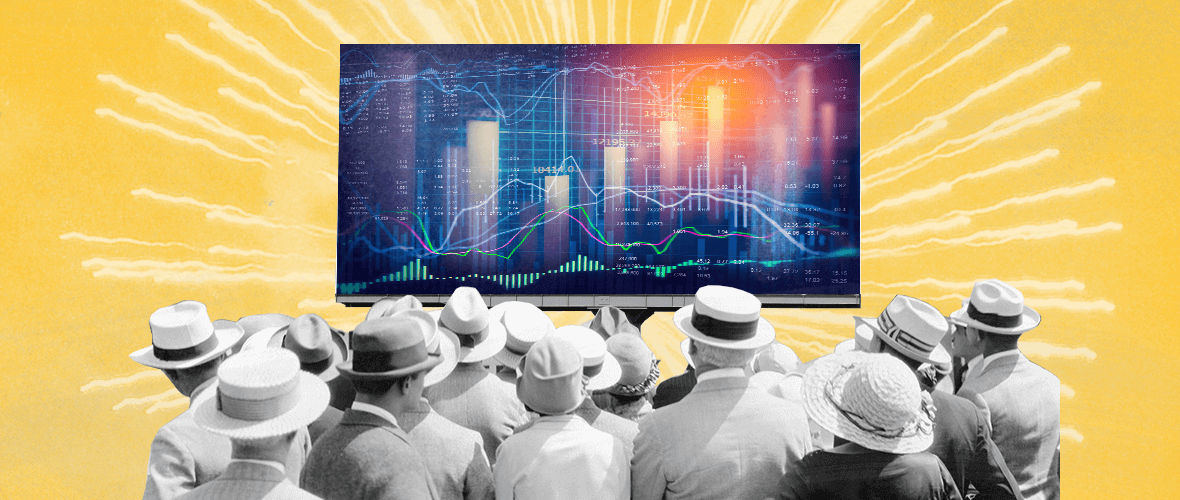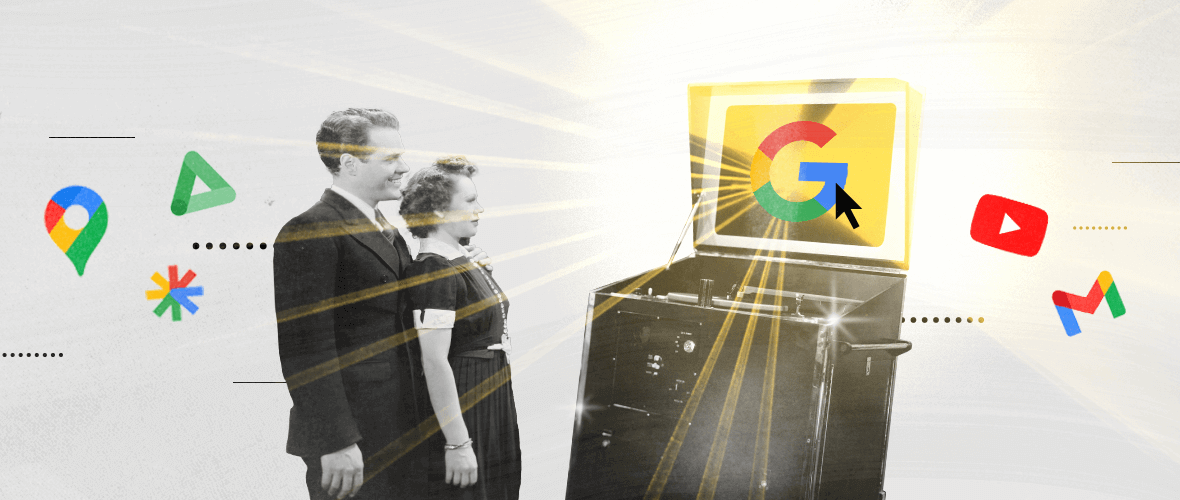Embracing Digital Disruption
I recently read an article by Business Insider that said, “For the last 20 years, digital has disrupted print. For the next 20, it will disrupt TV.”
So true!!! Newspaper readership is getting smaller and smaller each year, with the average age of the reader getting older. But, it has taken 20 years to get here, and newspapers are still around. Plus, some newspaper companies have grown as they embraced digital and the technology it provides.
If digital disrupting TV follows the same trend as it did with print, it isn’t going to be overnight and we will still be in a world with TV. It will be different than it currently is, but there will be TV.
The shift has already started. There are people like me, who are “cord cutters.” We have done away with cable and are only using internet-based services like Netflix and Hulu and/or over the air antenna to get local broadcast stations. And recently, I read about “cord nevers,” a generation of viewers who never bother to acquire the pay-TV habit.
But, the number of people who don’t pay for TV is still relatively small- only 25 percent of all U.S. homes don’t pay for TV, according to a research firm GfK in their 2016 Ownership and Trend Report.
Of these 25 percent of homes that aren’t paying for TV, 17 percent of them are watching broadcast TV through an antenna. Only 6 percent are only using the internet to watch their favorite shows on a TV set, using either a device like a Roku or Apple TV or a Smart TV.
But these numbers will grow. Forrester reports that by 2025, 50 percent of all TV viewers under age 32 will not pay for TV.
As consumers move away from traditional TV consumption and toward digital content, advertisers should embrace the change. I don’t think this means we should abandon traditional TV, but we should shift media allocations and test them.
Google did a study of 3,000 U.S. campaigns, looking at how total reach of millennials would be impacted if campaigns replaced some of their TV advertising with YouTube ads. Without spending an extra dollar,
46 percent of campaigns would have benefited from a TV and YouTube combo, with an average increase in millennials reached of 42 percent compared to TV alone.
Just a small shift in thinking can position a brand to survive, and even thrive, in a cord-cutter world.





